Math Fractions Worksheets Grade 4
Are you in search of engaging and effective worksheets to help your fourth-grade students master math fractions? Look no further! In this blog post, we will explore a variety of worksheets designed specifically for grade 4 students, focusing on the entity of math fractions and presenting a range of subjects to cater to different learning needs.
Table of Images 👆
More Math Worksheets
Printable Math WorksheetsMath Worksheets Printable
Printable Math Worksheets Multiplication
Math Worksheets for 2nd Graders
Math Multiplication Worksheets
First Grade Subtraction Math Worksheets Printable
Math Worksheets Integers
Middle School Math Coloring Worksheets
Hard Math Equations Worksheets
Valentine's Day Math Coloring Worksheets
What is a fraction?
A fraction is a numerical quantity that represents a part of a whole number. It consists of a numerator (the number on the top) that represents the part being considered and a denominator (the number on the bottom) that represents the total number of parts that make up the whole. Fractions are used to express values that fall between whole numbers and are commonly written in the form a/b, where a is the numerator and b is the denominator.
How does a fraction represent part of a whole?
A fraction represents part of a whole by showing the relationship between a part and the whole. The numerator, located on the top of the fraction, represents the number of parts being considered, while the denominator, located on the bottom, represents the total number of equal parts that make up the whole. Thus, a fraction such as 1/4 indicates that one out of four equal parts is being represented, where 4 is the total number of parts that make up the whole.
What is a numerator?
A numerator is the top number in a fraction that represents the number of parts being considered or counted. It is the number that is divided by the denominator in order to determine the value of the fraction.
What is a denominator?
A denominator is the bottom number in a fraction that represents the total number of equal parts into which the whole is divided. It indicates how many parts make up the whole and is used to denote the size of each part in relation to the whole.
How do you simplify a fraction?
To simplify a fraction, you need to find the greatest common factor (GCF) of the numerator and denominator, then divide both numbers by that factor. This will reduce the fraction to its simplest form. Keep repeating this process until you can no longer find a common factor other than 1 between the numerator and denominator.
How do you compare fractions with different numerators and denominators?
To compare fractions with different numerators and denominators, you need to find a common denominator first. Once you have the fractions with the same denominator, compare their numerators. The fraction with the greater numerator is the larger fraction. If the numerators are the same, then you compare the denominators to determine which fraction is larger.
How do you add fractions with the same denominator?
To add fractions with the same denominator, simply add the numerators together and keep the denominator the same. For example, if you have 2/5 + 3/5, you would add 2 + 3 to get 5, and the denominator remains 5. Therefore, the sum would be 5/5, which simplifies to 1.
How do you subtract fractions with the same denominator?
To subtract fractions with the same denominator, simply subtract the numerators while keeping the denominator the same. This means you would take the numerator of the first fraction minus the numerator of the second fraction, and then keep the denominator unchanged. The result will be the numerator of the new fraction, with the same denominator as the original fractions. Simply your answer if needed by reducing the fraction to its simplest form.
How do you multiply fractions?
To multiply fractions, you simply multiply the numerators together to get the new numerator and multiply the denominators together to get the new denominator. This gives you the product of the two fractions in its simplest form. Remember to always simplify the resulting fraction by reducing it to its lowest terms if necessary.
How do you divide fractions?
To divide fractions, you first keep the first fraction the same. Then, you flip the second fraction upside down (find its reciprocal) and multiply it by the first fraction. This process involves multiplying the numerators together and the denominators together. Finally, simplify the resulting fraction if possible.
Have something to share?
Who is Worksheeto?
At Worksheeto, we are committed to delivering an extensive and varied portfolio of superior quality worksheets, designed to address the educational demands of students, educators, and parents.





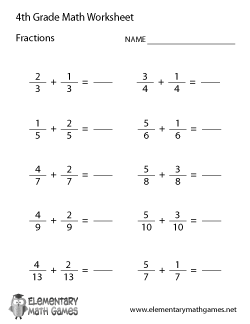
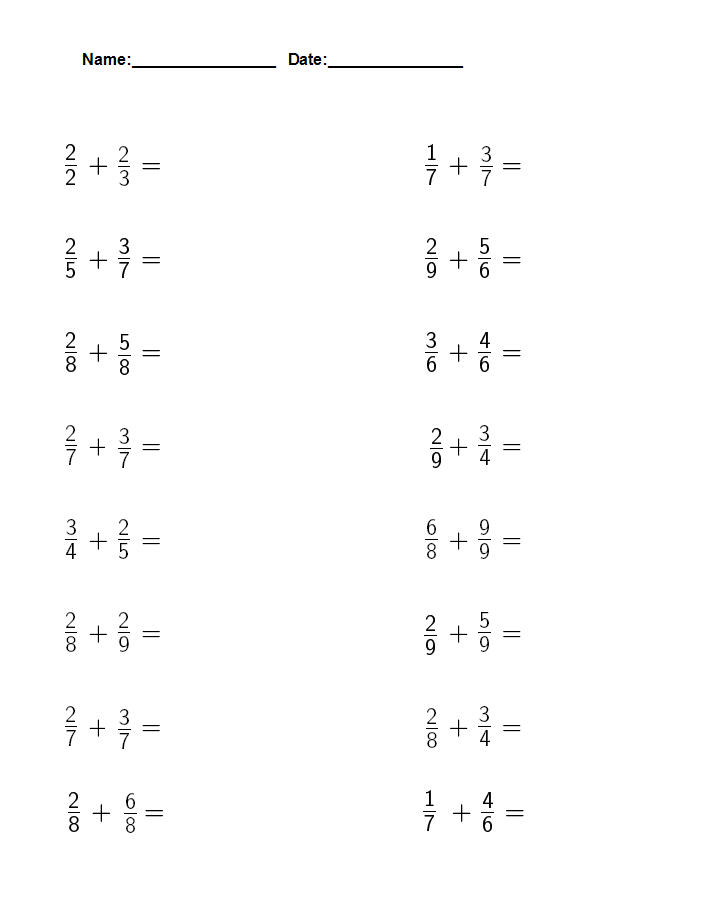
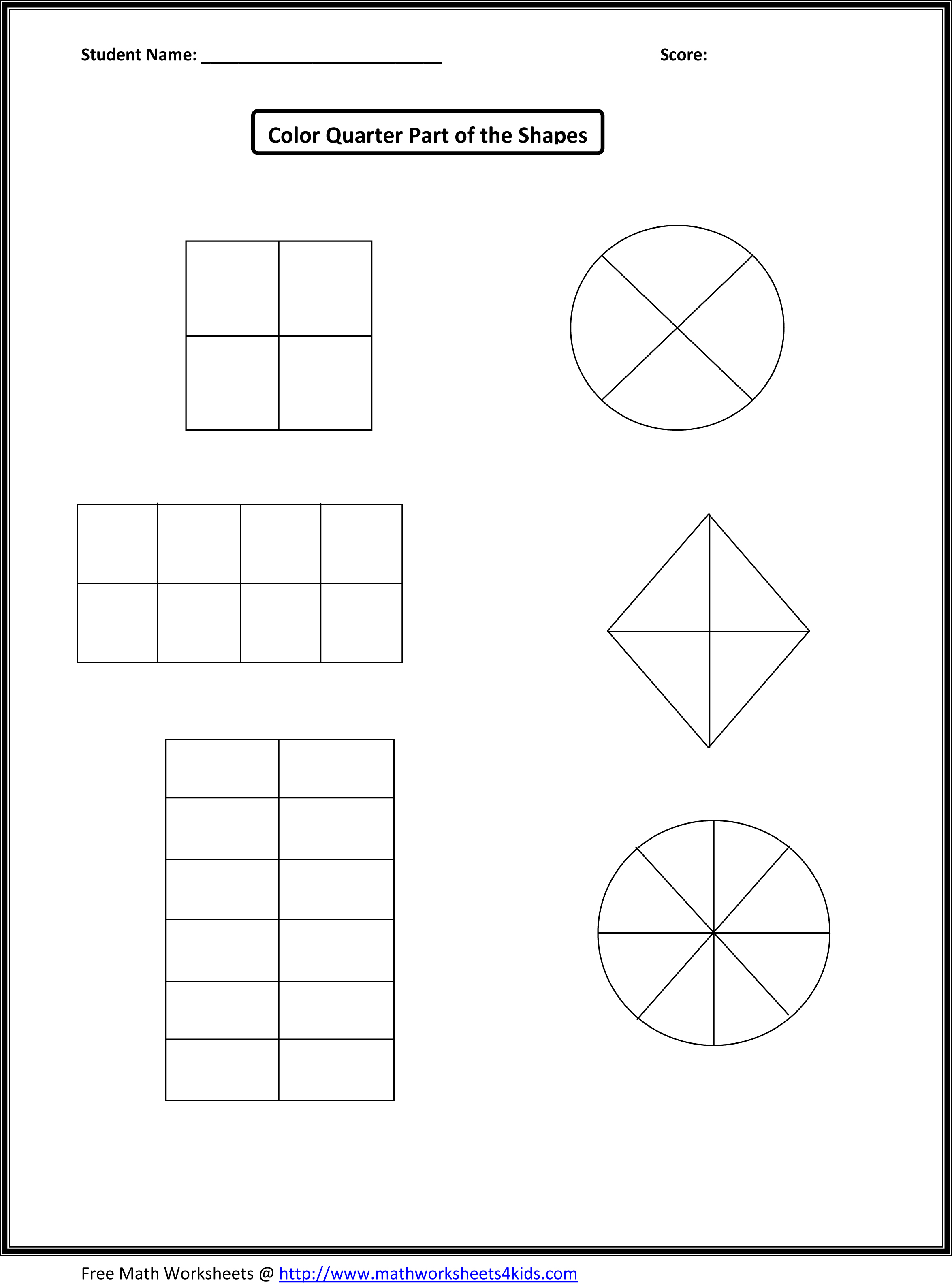
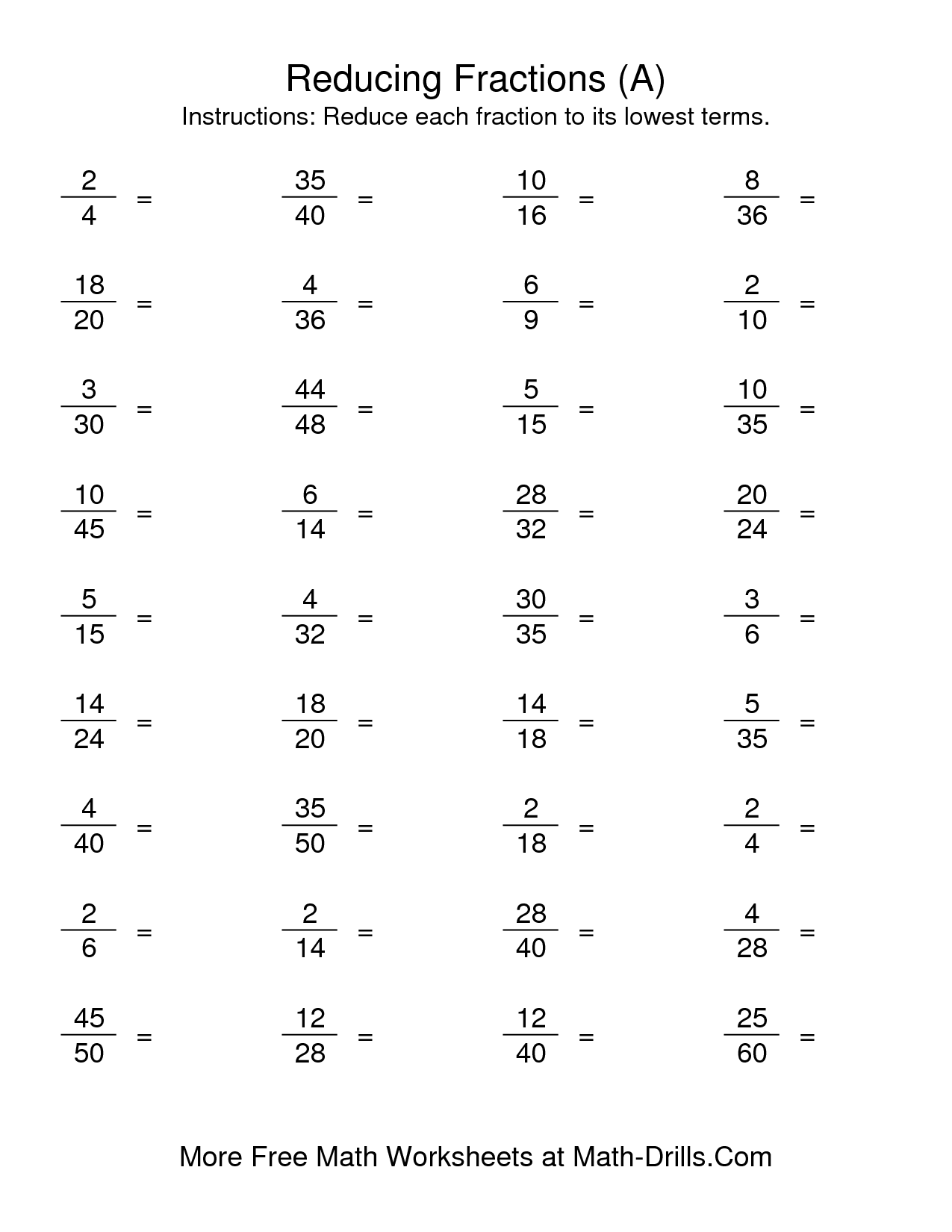
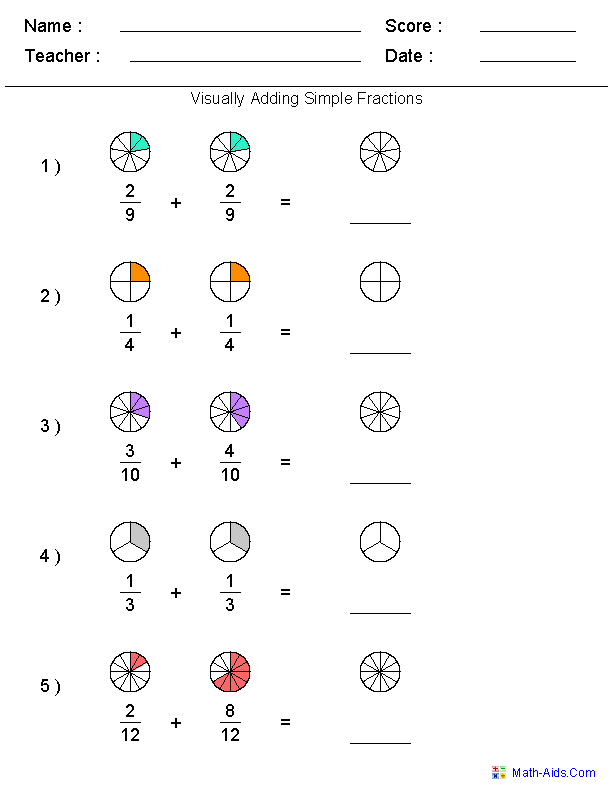
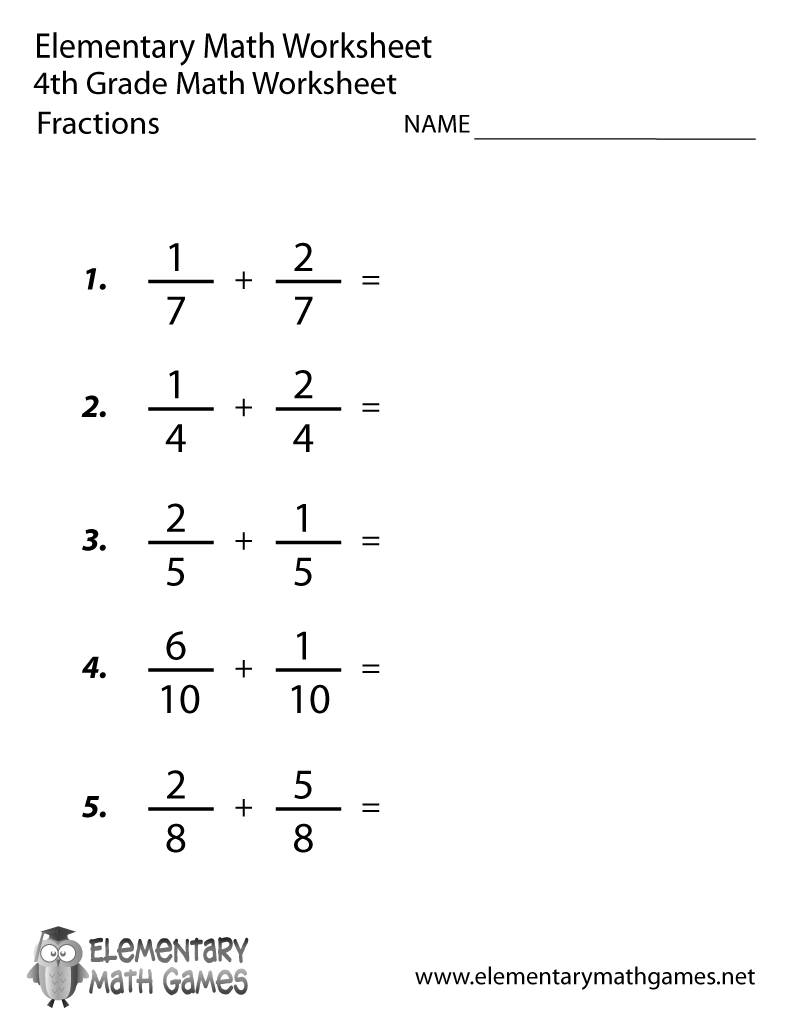
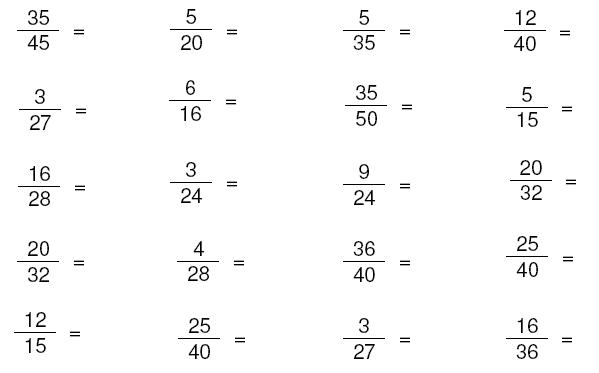














Comments